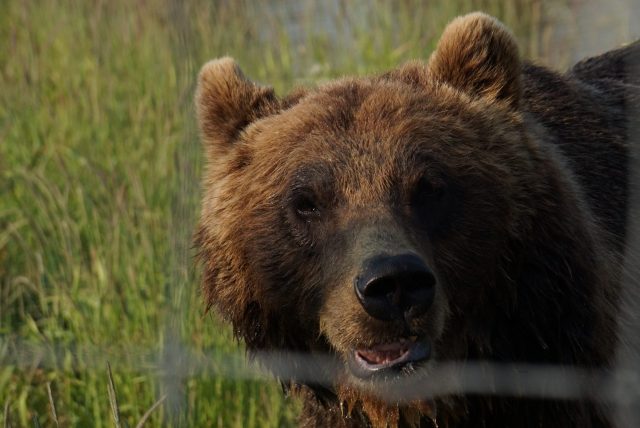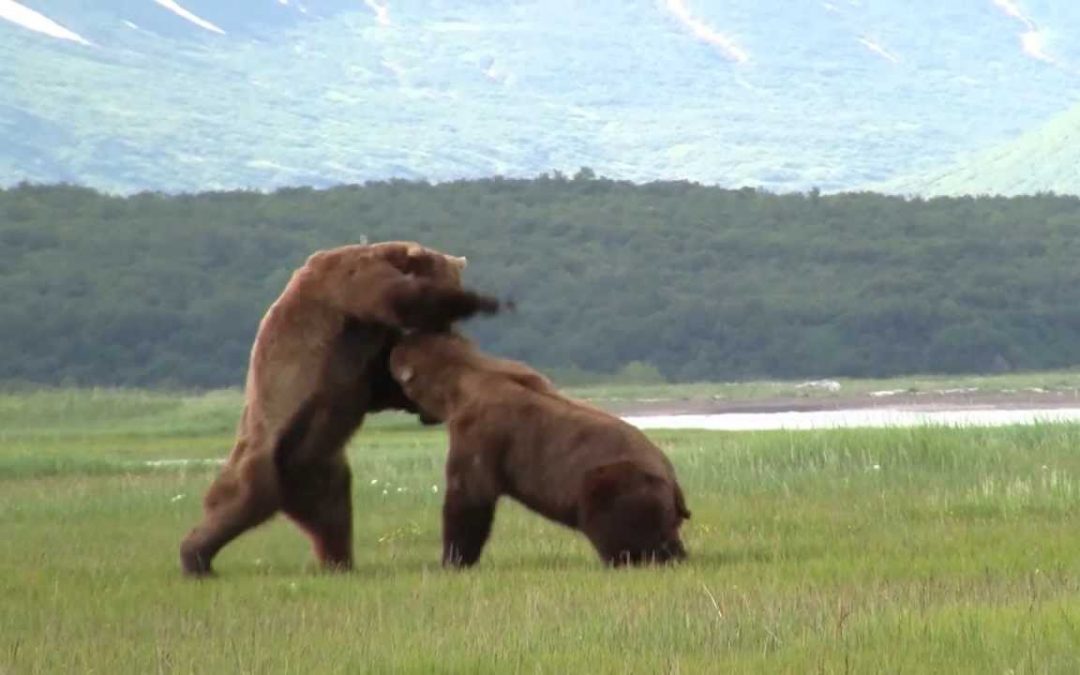Bears are one of the most fascinating and fascinating animals to spot in America and Canada and can be classified into three main categories: brown bears, polar bears and black bears.
Brown bears are usually found around Alaska but can also be found in British Columbia, Washington, Oregon, Idaho, Montana, Wyoming, Nevada and California. They usually live near lakes or streams, where they can hunt for food easier. Brown Bears have a grizzled gray coat with a dark brown head and snout. Male Brown Bears can
Black bears are usually found in the east coast of America and Canada, as well as some areas in Western Canada. Brown bears live in Western US, Alaska, and some areas in Eastern Canada. Polar bears can only be found north of the Arctic Circle due to their affinity for cold climates.
Polar bears live in the arctic region but also have been spotted in places like Alaska and Canada. In the arctic region, they are typically found near the shoreline of a body of water where they are catching fish, seals or other marine mammals to eat.
Wildlife Travel: Spotting Grizzly Bears
Brown bears, or grizzly bears as they are known in the lower 48 states, are believed to have once resided in the Great Plains of North America. Development and human encroachment have forced these bears into rugged mountain ranges and remote forests that remain undisturbed by humans.
These brown bears now primarily reside in western Canada, Alaska and in the states of Wyoming, Montana, Idaho and Washington. As a result, grizzly bear enthusiasts will have to go to great lengths to encounter one of these bears in the wild. Happily, there are several agencies and organizations which will help you do just that.
U.S. National Parks that You Can Visit for Brown Bear Sightseeing are:
1. Denali National Park and Preserve
2. Katmai National Park and Preserve
3. Glacier Bay National Park and Preserve
4. Kodiak Island Borough, Kodiak Island, Ak., U.S.
5. North Cascades National Park
Yellowstone National Park has a Self-Guided Grizzly Bear Wildlife Tour, which allows visitors to learn about the relationship between bears and people. Tourists will be able to see up close how humans and grizzlies can coexist peacefully with enough care and preparation.
The US Geological Survey estimates that there are around 700 grizzly bears living in Yellowstone National Park. This includes about 400 yearling bears and about 300 adult bears. The population is one of the largest in North America.
The tour has been designed by Yellowstone’s natural resources staff as a way for visitors to get acquainted with grizzlies. The new tour includes video presentations, wildlife displays, exhibits on bear ecology, and close encounters with live animals such as grizzlies.
It is important to be aware of safety issues when visiting the Yellowstone National Park. There are many things that tourists should know before going on a hike, such as the proper way to behave around bears, what to do in the event of an animal attack, and how best to avoid being injured by wildlife.
-Stay on designated trails. Not only is this good for the environment, but you’ll be able to avoid conflicts with wildlife and you’ll always have a way back.
-Carry bear spray and know how to use it.
-Be aware that bears often can’t hear very well, so make noise when you hike. It tells them that you are coming and will help keep them away from your campsite or from you if they approach.
-Don’t hike alone. Hike in groups of six or more if possible so that someone is always looking for bears.
-Bears need as much food as possible during hibernation, so they might approach humans for food, so keep your campsite clean by storing food away from tents and sleeping areas.
-Travel in groups when possible to avoid potential encounters
-Please avoid wearing any type of perfume and don’t use scented lotions, body washes, cosmetics, breath mints, gum or tobacco products.

Brown Bear in Alaska
You Can Spot Brown Bear in Many of Canada’s National Parks and Reserves.
Probably the best areas where to find brown bears in Canada are within the Great Bear Rainforest region in British Columbia. The Great Bear Rainforest is located near the eastern coast of Vancouver Island and spans over 270,000 square kilometers. This area is home to not only brown bears but also black bears and grizzly bears.
Kootenay National Park – There are many places where you can find brown bears in Kootenay Canada such as Banff National Park, Glacier National Park, and Kootenay National Park. These parks are open year-round and offer visitors an encounter with these amazing creatures that live so close to human settlements.
Haida Gwaii Island, Canada: This is a remote island off the coast of British Columbia that is home to some of Canada’s most spectacular landscapes. It’s also one of the best places to see brown bears in their natural habitat. Brown bears can be found in all the forests of Haida Gwaii Island but some of the best areas to find brown bears on Haida Gwaii Island are the Klinkit Forest, the Kowak Valley and Skidegate Lake.
The “Perfect” Polar Bear Wildlife Vacation
The perfect polar bear wildlife experience is more than just seeing one – these bears are elusive, and their natural habitat is not easy to access, so people often need to book a tour with an expert operator who knows where to find them in their most natural habitat.
Our “perfect” polar bear wildlife vacation would include visiting the Northern Lights or the Aurora Borealis, which can be seen in the northern sky. The Aurora Borealis is caused by electrically charged electrons and ions getting trapped in a region between Earth’s atmosphere and its magnetic field. It produces colors like green, blue, red, pink, purple, yellow and other colors.
If you’re looking for the best place to find polar bears, head to Churchill in Manitoba, Canada and go on an expedition with Natural Habitat Adventures.
Humans benefit from the tourism industry to witness the arctic environment, wildlife, and natural phenomena. Tourism has also been shown to be an economic driver by creating jobs. In North America, where polar bear populations are stable or increasing, hunting may still be allowed for subsistence purposes and sport. Polar bear populations in areas where hunting is not allowed are decreasing because human activity has led them to lose their habitat or food sources.
The North Pole is also another great place to explore if you want a more adventurous trip that lasts up to 24 days long. Your journey will take you through many polar bear habitats.
Choose your destination wisely, and plan accordingly. The best time to go is during the late summer to early fall when the ice has melted. Be sure to bring appropriate clothing and footwear. If you’re so inclined, you can bring a camera to document your adventure!
Adventure Travel: Where to find Black Bears
There is an estimated 100,000 black bears in the United States, which means that there will be a lot of them roaming around parks and forests. Black bears live in forests throughout much of North America.
The National Park Service reported in 2013 that Yosemite National Park had the most black bears with at least 70 living there; however, it does not differentiate between grizzly and black bear habitats.
Although individual bear habitats vary depending on location, American black bears inhabit a wide range of habitats that share some common characteristics. In general, this includes forest or wooded areas with a diversity of vegetation. More specific habitats include mountainsides with mostly coniferous trees; coastal environments where there is an abundance of berries; prairies which have abundant grasses; swamps with an abundance of roots to eat; and arid landscapes such as those found in New Mexico and Arizona.
A quick internet search on black bears in your area is sure to provide the necessary trail information. For example, in Washington State the Pacific Crest Trail is in bear country. In Minnesota the American Bear Association Vince Shute Wildlife Sanctuary provides an open viewing area as well as guided tours. Check your local state and national parks and reserves.



